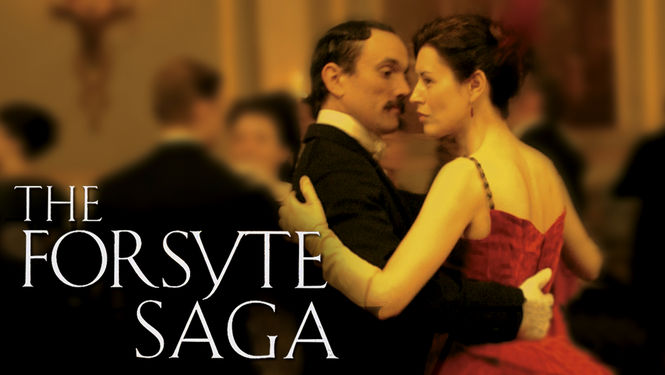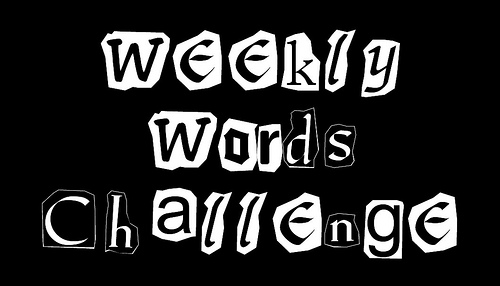When Downton Abbey, Series 1 finished last spring, I was bereft. To cope, I embarked on a period drama frenzy. These were my favorites. Perhaps they will fill the void for you, too.
Click on the title to go to part 1 if it’s on YouTube, but most are streaming on Netflix as well.
 The Forsyte Saga. When you get to the end of series 1, you’ll need to watch series 2. Trust me. A highly charged miniseries that follows the intrigues and scandals of a landed middle class London family, and the one woman who will turn their world upside-down. Adapted from the novel by John Galsworthy.
The Forsyte Saga. When you get to the end of series 1, you’ll need to watch series 2. Trust me. A highly charged miniseries that follows the intrigues and scandals of a landed middle class London family, and the one woman who will turn their world upside-down. Adapted from the novel by John Galsworthy.
 North and South. Who knew the Industrial Revolution could provide so much opportunity for intrigue and romance? Basically, this is Pride & Prejudice, but it’s also about LABOR UNIONS. There’s an Elizabeth Bennett named Margaret Hale, and a Mr. Darcy, here called Mr. Thornton, played by Richard Armitrage, and he’s every bit as smoldering, growling, and mesmerizing as Colin Firth. Adapted from the novel by Elizabeth Gaskell.
North and South. Who knew the Industrial Revolution could provide so much opportunity for intrigue and romance? Basically, this is Pride & Prejudice, but it’s also about LABOR UNIONS. There’s an Elizabeth Bennett named Margaret Hale, and a Mr. Darcy, here called Mr. Thornton, played by Richard Armitrage, and he’s every bit as smoldering, growling, and mesmerizing as Colin Firth. Adapted from the novel by Elizabeth Gaskell.
 South Riding. A fiery young headmistress Sarah Burton brings her modern ideas to the conservative girls’ school in depression-era Yorkshire, sparking conflict — and attraction — with Robert Carne, a stubborn, brooding landowner mired in a troubled past. Based on the novel by Winifred Holtby. Like North & South, a fascinating example of how a good love story can make a politically-minded novel sing.
South Riding. A fiery young headmistress Sarah Burton brings her modern ideas to the conservative girls’ school in depression-era Yorkshire, sparking conflict — and attraction — with Robert Carne, a stubborn, brooding landowner mired in a troubled past. Based on the novel by Winifred Holtby. Like North & South, a fascinating example of how a good love story can make a politically-minded novel sing.
The Way We Live Now. This adaptation of the Trollope novel is a satire of the financial scandals of the 1870’s, but it speaks perfectly to our 99% times, too. Again: Romance + Social Commentary = Love Stories that “Matter”
 Wives and Daughters. Adaptation of another Gaskell novel. Note: Gaskell died just before completing the book. She was obviously aiming at a happy ending, and the writer has supplied the lost denouement with surprise and style.
Wives and Daughters. Adaptation of another Gaskell novel. Note: Gaskell died just before completing the book. She was obviously aiming at a happy ending, and the writer has supplied the lost denouement with surprise and style.
Bleak House Gillian Anderson leads this ensemble cast. Charles Dickens’ complex tale of young love, murder, and the quest for a mystery-man’s identity unfolds in this adaptation by screenwriter Andrew Davies. Bleak House features some of the most famous plot twists in literary history, including a case of spontaneous human combustion and an inheritance dispute tied up for generations in the dysfunctional English courts.
Is it bad to admit that at a certain point, I was watching so many of these things that I could recognize recycled dresses and country estates?
 Sense and Sensibility 2008 This one’s not on YouTube. You’ve probably seen the 1995 version directed by Ang Lee. But this one’s wonderful, too, esp. because Dan Stevens (Matthew Crawley) is Edward Ferrars.
Sense and Sensibility 2008 This one’s not on YouTube. You’ve probably seen the 1995 version directed by Ang Lee. But this one’s wonderful, too, esp. because Dan Stevens (Matthew Crawley) is Edward Ferrars.
What all these have in common is that they’re adaptations, and this, gentle reader, is why Downton Abbey succeeds so well. It is not an adaptation. Downton Abbey is Dallas with corsets and British accents. On the spectrum between “soap opera” and “serious drama,” it falls toward the latter only by virtue of its aristocratic setting.
Most of the series I’ve listed above are based on books of serious literature, which contain romantic subplots along with social commentary, as does Downton Abbey. But Downton, on the other hand, need not have any fidelity to a source text written long ago when narrative was simply a whole lot pokier. Downton Abbey may look like a Merchant Ivory film, but it “reads” as fast as Hunger Games.
That’s why we love it.





 vignettes (in this order: 61, 39, 37, 60, 91, 99, 84, 86, 18, 102, 41, plus one titled “Equality” not found in the novel).
vignettes (in this order: 61, 39, 37, 60, 91, 99, 84, 86, 18, 102, 41, plus one titled “Equality” not found in the novel).